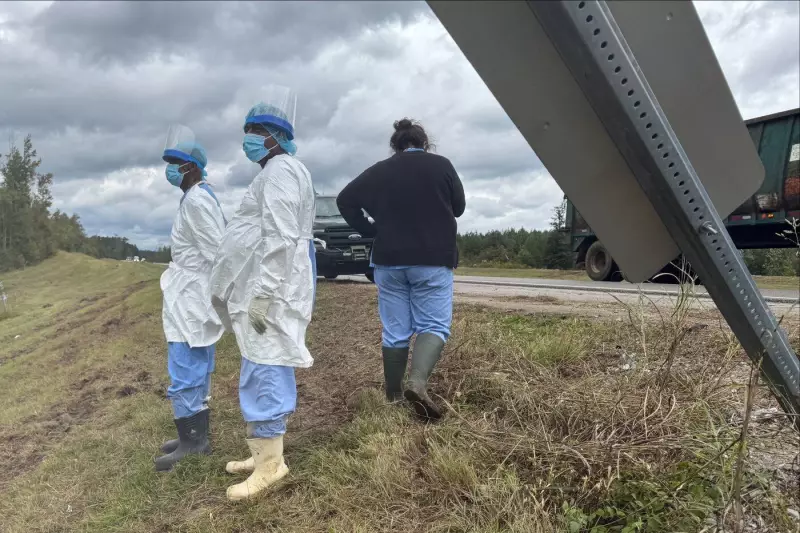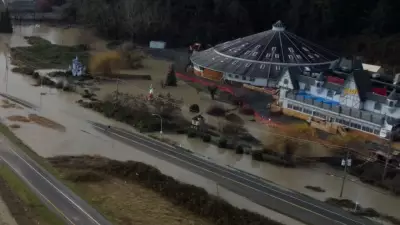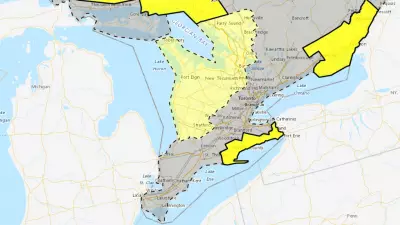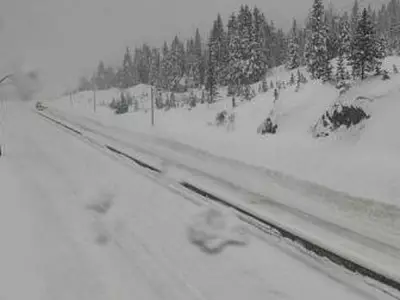
A dramatic multi-day search for escaped research monkeys in Mississippi has reached a successful conclusion, with the final fugitive primate safely captured after a highway transport crash sent dozens of animals scattering into the surrounding area.
Highway Chaos Sparks Primate Pursuit
The unusual situation began when a truck transporting approximately 40 cynomolgus macaques crashed along Interstate 69 in central Mississippi. The incident immediately triggered concerns about public safety and animal welfare as multiple monkeys fled the scene into nearby wooded areas.
Local law enforcement and wildlife officials launched an extensive search operation, working tirelessly to locate and secure the escaped primates. Most of the monkeys were quickly recovered, but one particularly elusive individual managed to evade capture for days, creating local headlines and community concern.
Alert Resident Spots Final Fugitive
The breakthrough came when a vigilant local resident spotted the remaining monkey near the crash site area and immediately alerted authorities. Capture teams responded promptly to the location, successfully securing the animal without incident.
"The last monkey has been accounted for and is safe," confirmed a representative from the involved research facility. The statement provided relief to both officials and local residents who had been advised to maintain distance from any spotted primates due to potential health risks.
Public Safety Concerns Addressed
Throughout the search operation, public health officials had warned residents not to approach any monkeys they might encounter. Cynomolgus macaques, while valuable for biomedical research, can potentially carry diseases transmissible to humans.
The successful conclusion of the search operation brings closure to an unusual chapter in Mississippi's recent history, demonstrating effective coordination between law enforcement, wildlife officials, and alert community members in resolving a potentially hazardous situation.





